Advanced Organizer Model (Ausubel’s Model)
Ausubel’s primary concern is to help teachers organize and convey large amounts of information as meaningfully and efficiently as possible. This model is designed to strengthen students’ cognitive structures, a term Ausubel uses for a person’s knowledge of a particular subject matter at any given time and how well organized, clear, and stable it is. This model is taken from verbal learning principles, in which the main aim is to give the most possible to students. According to Ausubel, any subject is a chain of concepts, and in our mind also, when we accept these facts, that is also settled as a chain in our mind, if new concepts are presented as related to the old one.
In this model, the teacher first recalls the previous knowledge, then gives the new knowledge on the basis of the previous one. It systematizes the subject in an order and presents the topic in such a way that the student will grasp it easily. It is also called an expository model. Here, the teacher exposes the whole concept among students. The teacher gives verbal instruction, and students grasp it as a whole, forming a chain in the student’s mind.
It is based on the following principles:
- Principle of Progressive Differentiation: In it, the most progressive idea about the subject is presented first, then progressively differentiated in terms of detail and specificity.
- Principle of Integrated Reconciliation: It simply means how the ideas should be consciously reconciled and integrated with previous knowledge. Thus, the model is called the Advanced Organizer Model.
Any model could be described on the basis of the following points:
- Focus or Aim
- Structure
- Social System and Support System
Aims of Ausubel’s Model (Advanced Organizer Model)
- To give the knowledge of concepts and facts of a subject.
- To develop a cognitive structure.
- To enable students to arrange knowledge in a social order.
- To present pre-knowledge, explain facts, and then present new knowledge so that new concepts are correlated with pre-knowledge.
Structure (Syntax)
There are three phases in this model:
- Phase one: Presentation of the advance organizer.
- Phase two: Presentation of the learning task.
- Phase three: Strengthening of cognitive organization.
These activities are designed to increase clarity and stability of new learning material. The phases and their corresponding activities are presented in Table 5.1 below:
Table : Syntax of the Advance Organizer Model
| Phase | Activities |
|---|---|
| Phase-I: Presentation of advance organizer | 1. Clarify aims of the lesson.
2. Present organizer: – Identify defining attributes – Give examples – Provide context – Report 3. Prompt awareness of learners’ relevant knowledge and experience. |
| Phase-II: Presenting the learning task | 1. Present material.
2. Maintain attention. 3. Make organization explicit. 4. Make logical order of learning material explicit. |
| Phase-III: Strengthening the cognitive organization | 1. Use principles of integrative reconciliation.
2. Promote active reception learning. 3. Elicit a critical approach to subject matter. 4. Clarity. |
The actual organizer is built around the major concepts or propositions of a discipline or area of study.
- Following the presentation of the advance organizer in phase one, in phase two, the learning material is presented in the form of lectures, discussions, films, experiments, or reading.
- Phase three helps anchor the new learning material in the student’s existing cognitive structure, strengthening it.
- Initially, the teacher responds to students’ needs for clarification, ensuring effective learning.
Social System
In this model, the teacher is more active. Ausubel believed that only the teacher can represent the systematic order of knowledge.
- The teacher’s role is autocratic, and students are passive listeners in phase one.
- In phases two and three, the teacher-student interaction increases.
- Successful learning depends on the learner’s integration of new and prior knowledge, their critical faculties, and the teacher’s organization of material.
Support System
- Well-organized material is a critical support for this model.
- The effectiveness of the advance organizer depends on the relationship between the conceptual organizer and content.
- Oral and written question-answers aid in knowledge presentation.
Application of the Model (Advanced Organizer Model)
This model is useful for structuring extended curricula and guiding students systematically through key ideas.
Applications include:
- Abstract subjects, which cannot be easily seen or presented, can be effectively taught.
- Cognitive aims such as selection, organization, presentation, and expression can be achieved.
- Learners’ factual grasp increases as key ideas and concepts are linked.
- The model enhances critical thinking and cognitive reorganization.
- This model ensures organized learning, covering more content in less time.
- It improves learning from reading, lectures, and media and fosters inquiry and research habits.
Source : eGyanKosh
Advanced Organizer Model (Ausubel’s Model) : 25 One-liners
-
Ausubel’s model helps students organize and retain large amounts of information meaningfully.
-
Cognitive structures refer to a learner’s organized knowledge of a subject.
-
The model follows verbal learning principles, focusing on systematic knowledge acquisition.
-
Knowledge is presented as a chain of concepts, linking new ideas with prior knowledge.
-
The teacher recalls prior knowledge before introducing new content.
-
Expository teaching is central to the model, ensuring structured learning.
-
Learning becomes effective when students grasp concepts as a whole.
-
Progressive Differentiation presents general ideas first, then details.
-
Integrated Reconciliation connects new concepts with existing knowledge.
-
The model is structured around Focus, Structure, and Social System.
-
It aims to develop cognitive structures and meaningful learning.
-
The model enhances logical sequencing in subject matter presentation.
-
Advance organizers prepare students for upcoming learning tasks.
-
Learning occurs in three phases: presentation, task execution, and reinforcement.
-
The teacher clarifies lesson aims before presenting new material.
-
Contextual examples help in defining abstract concepts.
-
The model encourages active cognitive processing of information.
-
Logical ordering of knowledge ensures clarity and retention.
-
The teacher plays an active role, while students progress from listeners to participants.
-
The social system is initially autocratic but becomes interactive.
-
A well-organized support system is key to knowledge acquisition.
-
The model is ideal for teaching abstract concepts effectively.
-
Cognitive aims like selection, organization, and expression are achieved.
-
The model enhances factual retention through systematic teaching.
-
Critical thinking skills and structured reasoning are fostered.
Previous Post : What the Thunder Said Quiz : 20 MCQs
Discover more from Gyankundli
Subscribe to get the latest posts sent to your email.
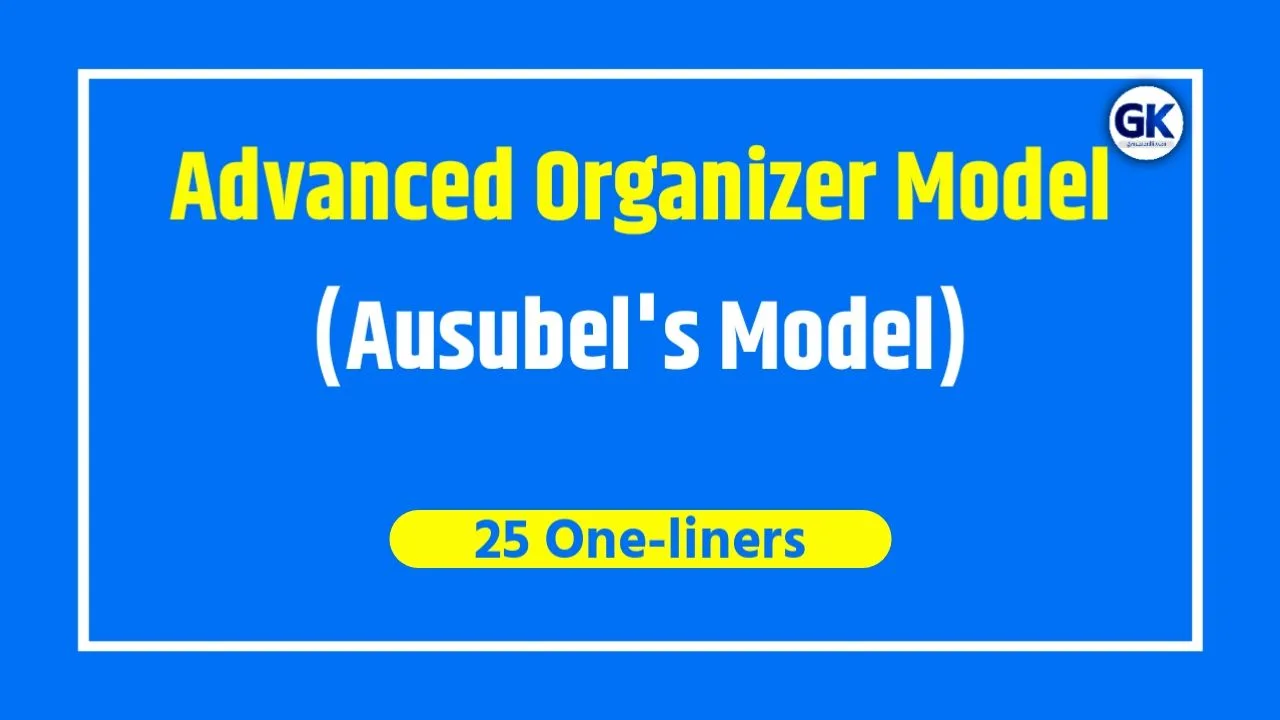
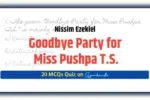
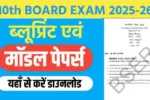


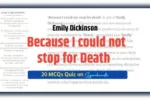
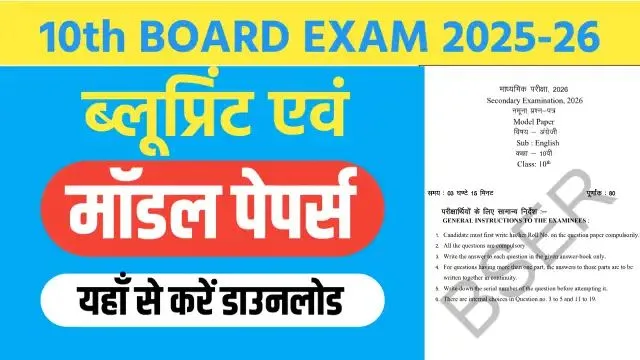


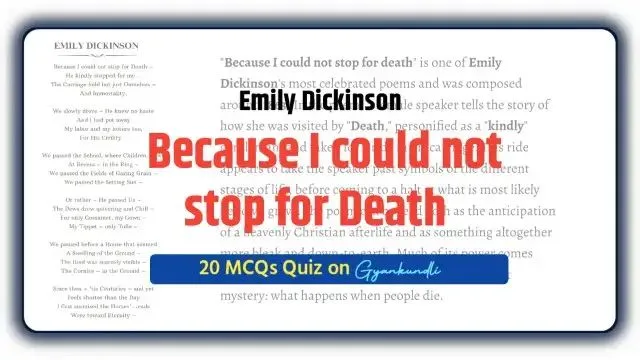
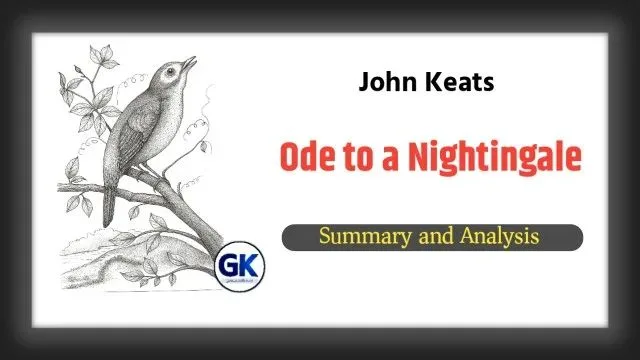
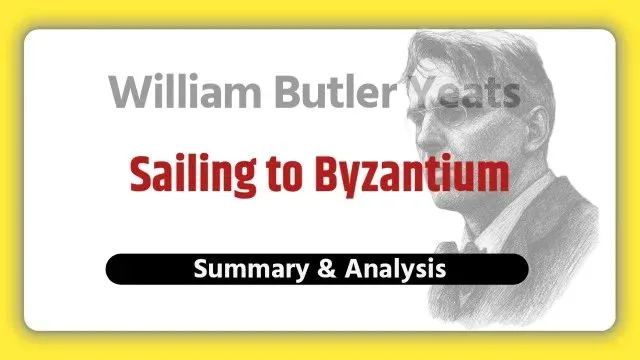
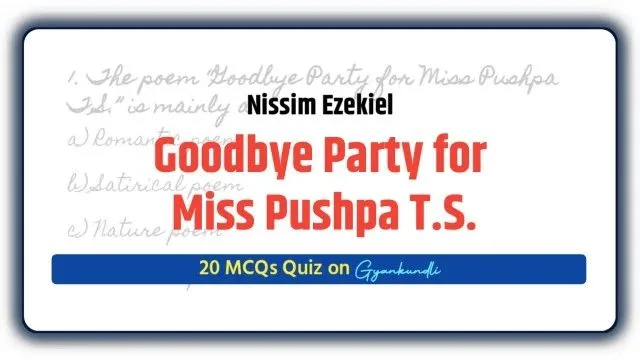
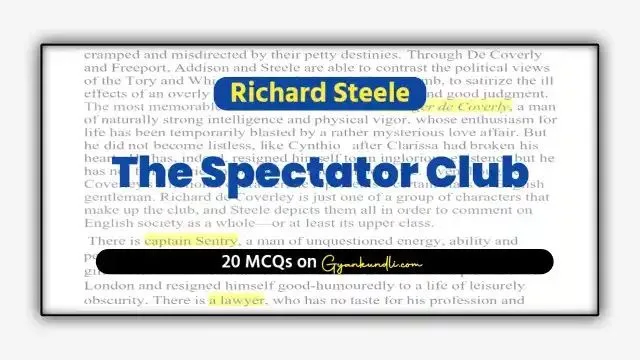
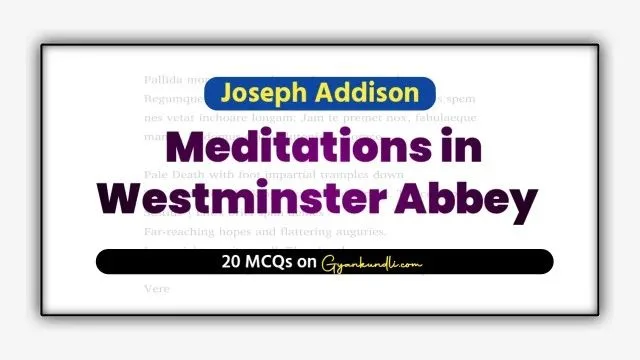

Thank you sir
Keep learning keep supporting 😄
Very good content sir…
Thank you so much 🙏